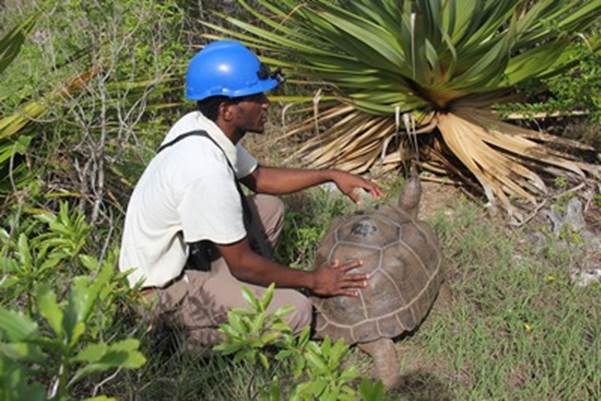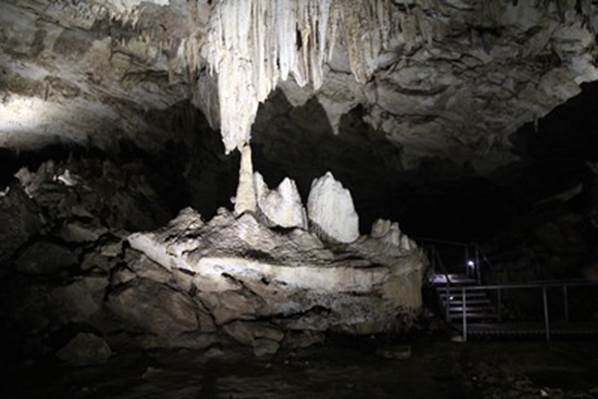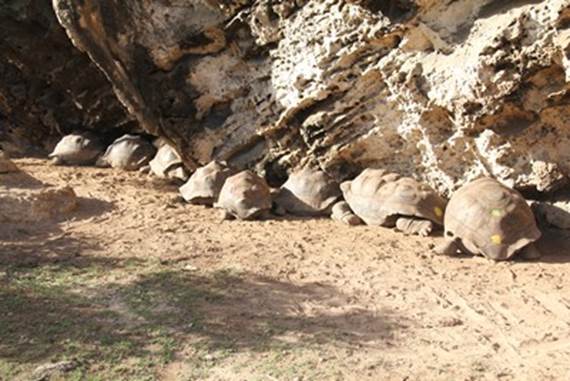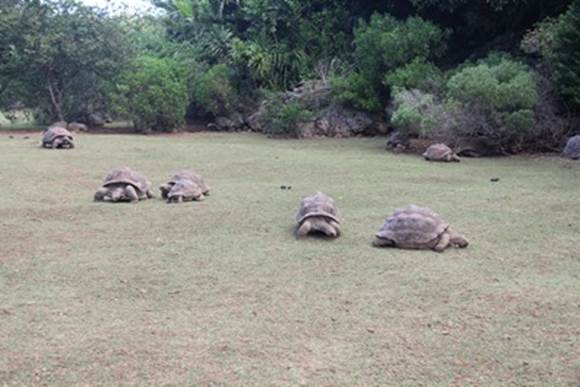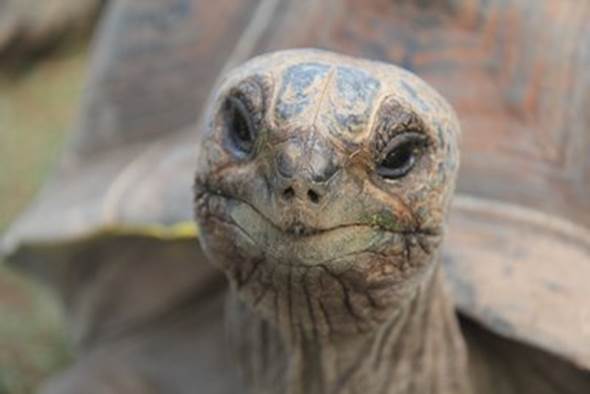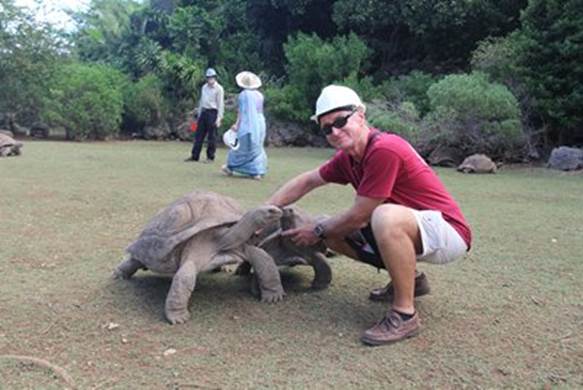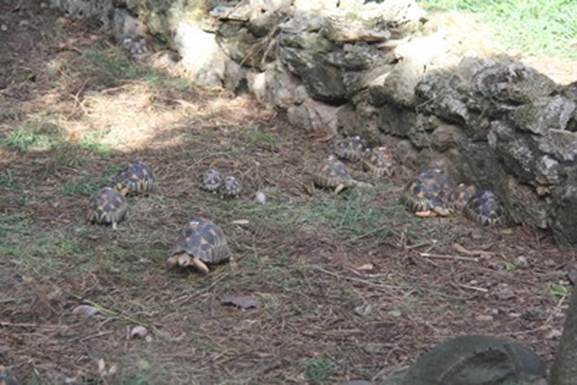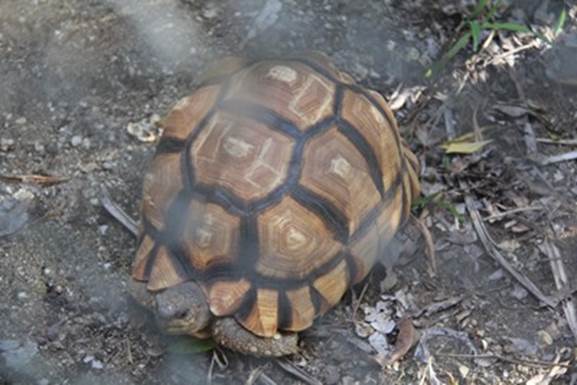Rodriguez - Tortoise conservation

Date Saturday 14 May 2016 – Sunday 23 May 2016 We have learned during our travels to be very suspicious of tourist orientated animal sanctuaries which basically keep wild animals in poor conditions and exploit them for the mindless entertainment of those who should know better. The recent scandal of the Tiger Temple at Kanbanachuri in Thailand is a prime example. When we were in Kanbanachuri in January this was billed as a wonderful day out excursion from our hotel. Other places to avoid are those sheltering orphaned elephants and providing elephant experiences. Dolphin and Orca experiences also feature on our list of places to avoid. The Rodrigues Francois Legaut Giant Tortoise and Cave Reserve is definitely not one of those ( http://www.tortoisescavereserve-rodrigues.com/en ). When Rodrigues was first discovered by the European explorers of the 16th and 17th centuries giant tortoise were described as being so numerous you had to walk over them. Together with the Dodo and Rodrigues version the Solitaire Bird they were driven to extinction by generations of sailors who regarded them as easy meat. The project on Rodrigues has reintroduced tortoise from the Aldabra Islands of the Seychelles and more recently two breeds from Madagascar. Careful breeding and hatching programs have now produced a population of over 4,000. Once mature and of a size to be safe from most predators they are released into an area of over 20 hectares and free range. We saw many roaming the bush whilst a large number seemed to refer the shade and lush grass of the central canyon.
Young giant tortoise protected from predators
We had an excellent guide for our 2km walk through the reserve and caverns
Part of the walk took in some spectacular limestone caverns
You wait ages for a tortoise and then eight come along at the same time
The cavern opened out into a canyon which attracted many of the tortoise, perhaps because it is one of the feeding sites. One way of keeping the grass down.
No fear of humans and a great interest in camera lenses make them easy to photograph. You are likely to get nose prints on the camera lens however
They come to visitors to have their necks rubbed The hard hat was for the cavern not to bond with the tortoises Two photographs of recently introduced breeds from Madagascar
|

